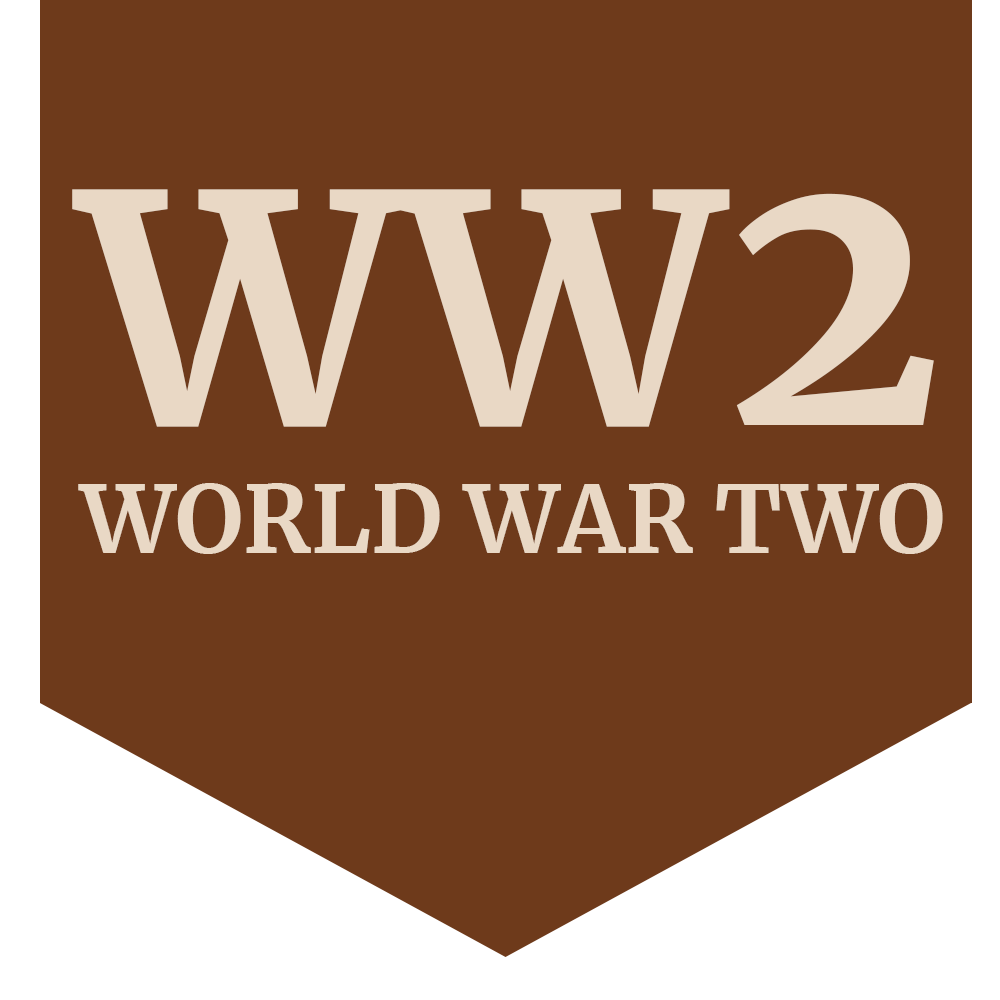
Fred Pell
He was a grocery shop assistant in 1939.
- Family History
- Military history
- Extra information
- Photographs
Son of Fred and Clara Pell of 69, Holden Street, Ilkeston Road, Radford, Nottingham.
HMS Dasher
Dasher started out as the merchantman Rio de Janeiro built by Sun Shipbuilding (Maritime Commission contract (Hull Sun-62)). She was converted at Tietjen & Lang, transferred to the Royal Navy and finally commissioned into RN service as HMS Dasher (D37) on 2 July 1942. She participated in Operation Torch, with her sister ship Biter, carrying Sea Hurricanes of 804 Naval Air Squadron. After aircraft ferry duties in the Mediterranean, Dasher sailed to the Clyde in March 1943 and, having had her flight-deck lengthened by 42 ft (13 m), she embarked Fairey Swordfish aircraft. She escorted one convoy successfully, but shortly after leaving with the second, Dasher suffered engine trouble and turned back. Shortly after getting to the Firth of Clyde on 27 March 1943, she suffered a major internal explosion and sank.
Various possible causes have been suggested, including one of her aircraft crashing onto the flight deck and igniting petrol fumes from leaking tanks. Much of what happened remains unknown. 379 out of 528 crewmen died including Able Seaman Bernard Allen from East Kirkby, Leading Air Mechanic Roy Levick from Retford, Leading Airman Fred Pell from Nottingham and Photographer Ernest Smith also from Nottingham. Despite rapid response and assistance from ships and rescue craft from Brodick and Lamlash on the Isle of Arran and from Ardrossan and Greenock on the Scottish mainland, Dasher’s death toll was amongst the highest in British home waters. Many escaped from the ship but died of hypothermia or burns suffered when escaped fuel ignited on the water. Most of the dead were buried at Ardrossan or Greenock.
Eager to avoid damage to morale and anxious to avoid any suggestion of faulty US construction, the British government tried to cover up the sinking. The local media were ordered to make no reference to the tragedy, and the authorities ordered the dead to be buried in a mass unmarked grave. Furious relatives protested and some of the dead were returned to their loved ones for burial. The survivors were ordered not to talk about what happened. This policy subsequently attracted much criticism, and now memorials to those lost exist at both Ardrossan and Brodick. The wreck site lies approximately halfway on the Caledonian MacBrayne ferry route between Ardrossan and Brodick and is a controlled site under the Protection of Military Remains Act. (Wikipedia)
Unknown
No photos

